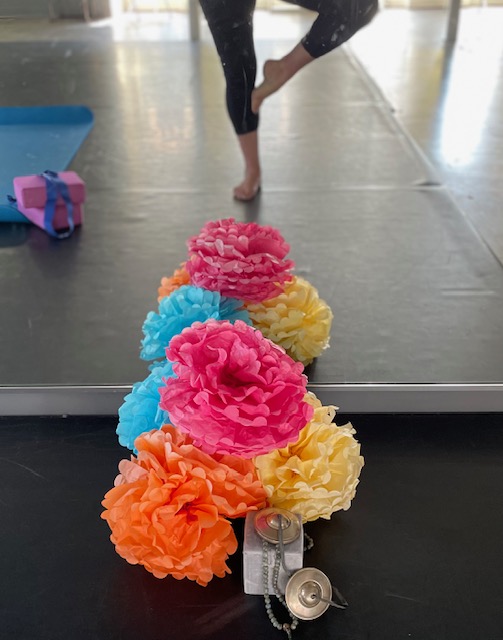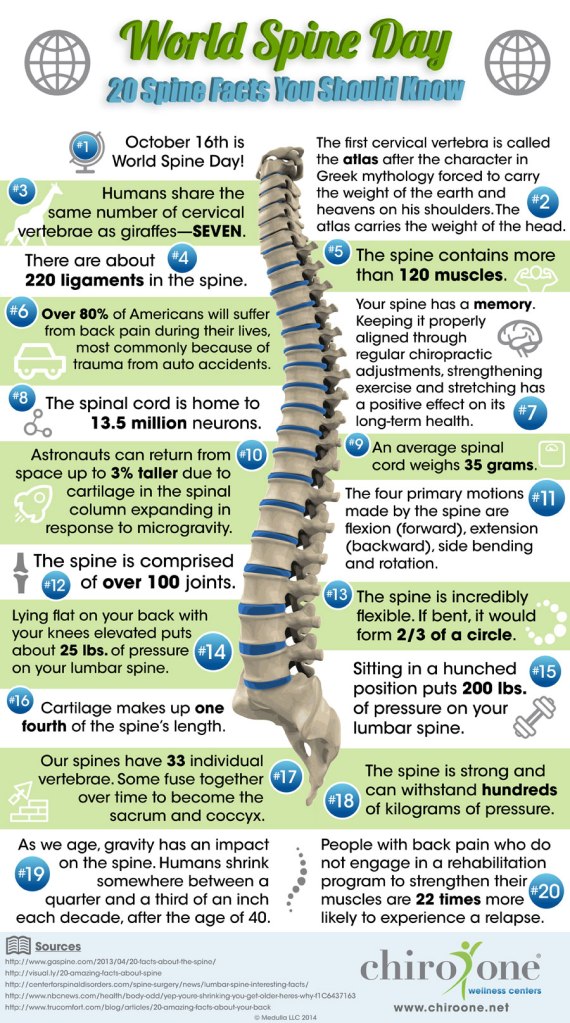When you think of a chiropractic adjustment, you likely think back pain relief. But did you know that the benefits of chiropractic adjustments extend far beyond relieving back pain? Adjustments are a fantastic component of a holistic approach to well-being.
Stay tuned as I share some of the many ways adjustments help you live your best life!
Improves Range of Motion
Regular chiropractic adjustments improve joint mobility, which means your range of motion can be improved. Creating more space for the joint surfaces to move and to move more thoroughly will help with relieve discomfort and decrease stiffness and soreness. Better motion means: the joint surfaces stay hydrated and nutrient-rich (all of the nutrition for the joints comes from the joint fluid called synovium, not from the blood because cartilage doesn’t have a good blood supply); your spinal joints can maintain your healthy upright posture with less strain; you can breathe more easily because the rib cage is free to go about its business; and your tension or postural-related headaches will decrease (spinal joints moving and grooving!).
When used in conjunction to other therapies, chiropractic care can enhance your results while managing health conditions. If you want to develop a holistic approach to your health and well-being, consider incorporating regular chiropractic adjustments. And remember, manual chiropractic adjustments (the “popping” or “cracking” style of adjustments) aren’t the only way to receive chiropractic care. Many chiropractors (this one included) know many different ways to adjust, so you, your body, and your nervous system can be the best version of your self.














